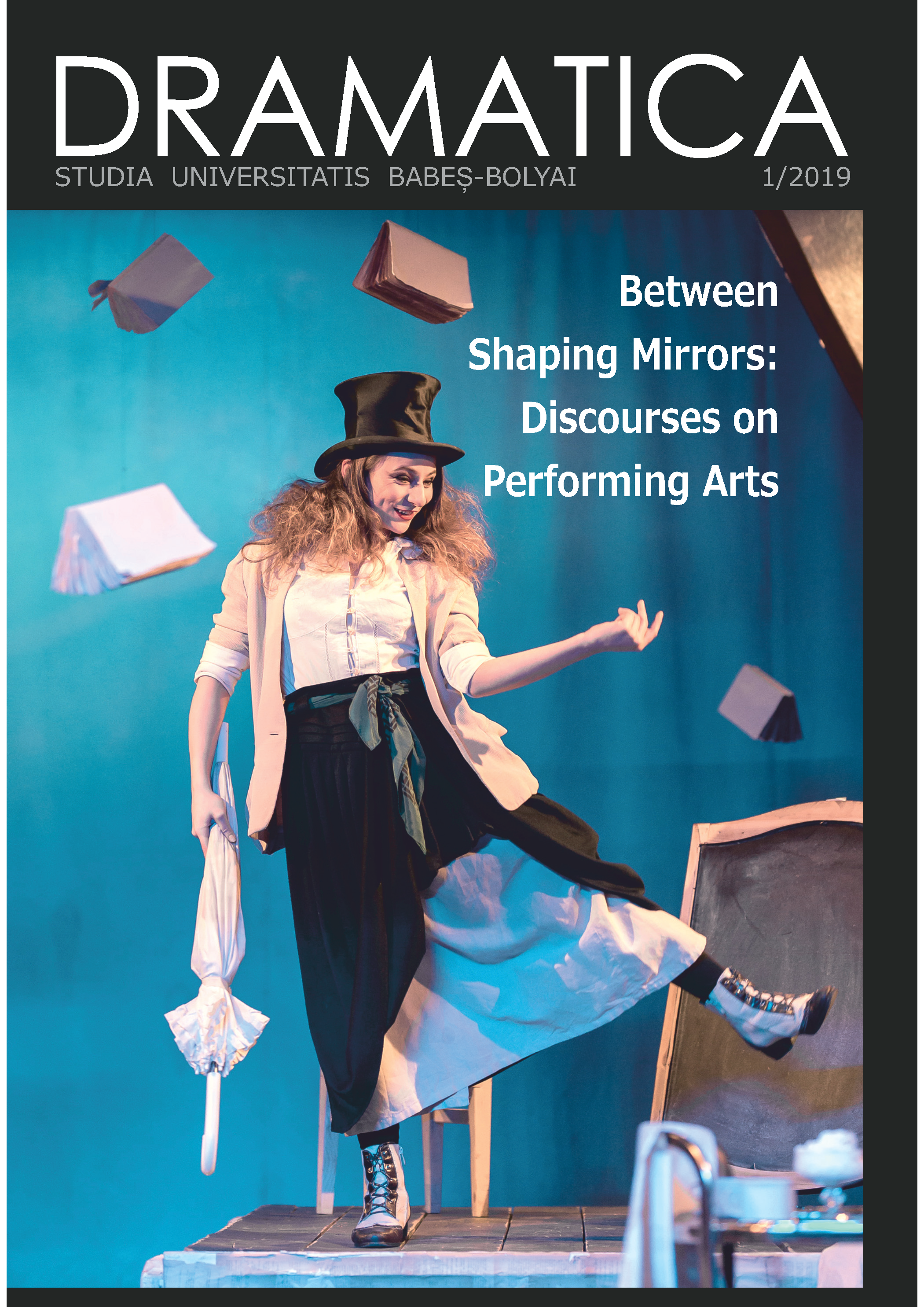The Rhetorical and Stylistic Evolution of Theatre Reviews at the End of the 50s. The Disobedient – Case Study
DOI:
https://doi.org/10.24193/subbdrama.2019.1.03Keywords:
Theatre History; Theatre Criticism; Cultural Policies; Arts in Communist RomaniaAbstract
This paper aims at analysing the way in which the structure and stylistics of theatre review influenced the evolution of critical thinking during the short thaw that took place in all Socialist countries after Nikita Khrushchev’s February 1956 speech in which the Soviet leader exposed the crimes of Stalin’s rule. We therefore analysed the reviews and essays of some of the most dynamic and most professional young critics who published in the Teatrul Journal: I. D. Sîrbu, Șt. Aug. Doinaș, Ecaterina Oproiu and Florian Potra. Symptomatically, all the four critics subsequently moved away from this profession, for dramatic reasons related to the political circumstances, and during the following decade, they became famous writers of poetry, literary criticism, dramaturgy or film criticism.References
DOINAȘ, Ștefan Augustin. “Adevărul e simplu.” Teatrul, no. 3 (1956).
———. “O temă majoră, o realizare minoră.” Teatrul, no. 1 (1956).
NASTA, Dan. “Simple note pentru detectarea poeziei regizorale.” Teatrul, no. 3 (1957).
OPROIU, Ecaterina. “A fi sau a nu fi în notă.” Teatrul, no. 2 (1956).
———. “Ca să pornești o ploaie.” Teatrul, no. 6 (1957).
———. “Piese fără întrebări.” Teatrul, no. 11 (1957).
———. “Poezia lui Chirică.” Teatrul, no. 2 (1957).
———. “Virtutea și viciul cumințeniei.” Teatrul, no. 3 (1956).
POTRA, Florian. “Drumuri care duc înapoi.” Teatrul, no. 2 (1958).
———. “Scânteile unui foc posibil.” Teatrul, no. 1 (1958).
RUNCAN, Miruna. Teatralizarea și re-teatralizarea în România. 1920-1960. Cluj-Napoca: Eikon, 2003.
SÎRBU, I. D. “Teatru epic sau roman teatralizat?” Teatrul, no. 3 (1956).
Downloads
Published
How to Cite
Issue
Section
License
Copyright (c) 2019 Studia Universitatis Babeș-Bolyai Dramatica

This work is licensed under a Creative Commons Attribution-NonCommercial-NoDerivatives 4.0 International License.


